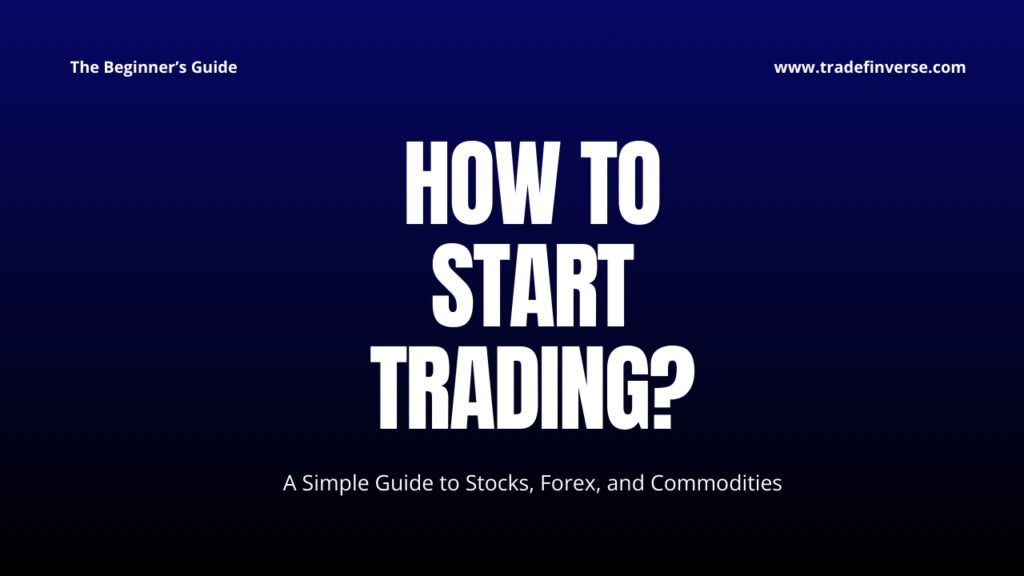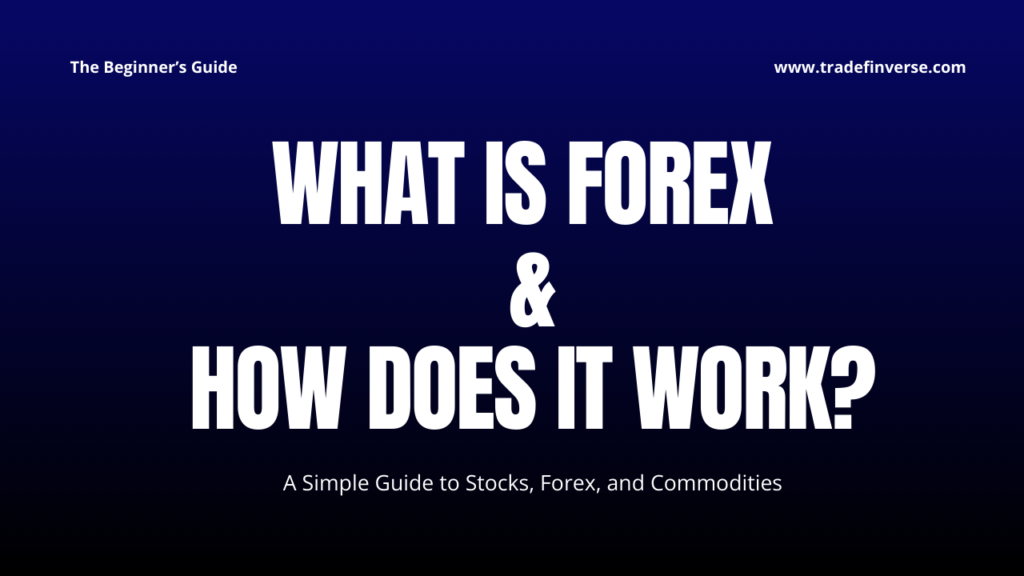The Heartbeat of the Forex Market – Currency Pairs
The foreign exchange market, or Forex market, is the world’s largest and most liquid financial arena, where currencies are traded 24/5. At the very core of this bustling marketplace lie Forex currency pairs. Understanding what these pairs represent, how they are categorized, and the forces that drive their values is fundamental for anyone looking to participate in Forex trading. This guide will demystify currency pairs, providing you with the essential knowledge to navigate this critical aspect of Forex.
What Exactly is a Forex Currency Pair?
In the Forex market, currencies are always traded in pairs. A Forex currency pair is simply the quotation of two different currencies, with the value of one currency being quoted against the other. When you trade a currency pair, you are simultaneously buying one currency and selling the other.
Base Currency:
The base currency is the first currency listed in a pair (e.g., EUR in EUR/USD).
Quote Currency
The quote currency (or counter currency) is the second currency listed (e.g., USD in EUR/USD).
How to Read a Currency Pair Quote
How to Read a Currency Pair Quote:
1. Understand the Pair
The exchange rate shows how much of the quote currency is needed to buy 1 unit of the base currency.
2. Example
EUR/USD = 1.0850 means 1 Euro is equal to 1.0850 US Dollars.
3. Buying
If you think EUR will rise vs USD, you buy the EUR/USD pair.
4. Selling
If you expect EUR to fall vs USD, you sell the EUR/USD pair.
The Main Categories of Currency Pairs
Major Pairs
These are the most traded currency pairs globally and always include the US Dollar (USD). They are highly liquid with lower spreads.
- EUR/USD – “Fiber”
- USD/JPY – “Gopher”
- GBP/USD – “Cable”
- USD/CHF – “Swissie”
- AUD/USD – “Aussie”
- USD/CAD – “Loonie”
- NZD/USD – “Kiwi”
Tip: Beginner traders often start with these due to their stability and predictability.
Minor Pairs (Cross-Currency)
These do not involve the USD but include other major currencies traded against each other. Liquidity is decent, though spreads may be slightly wider.
- EUR/GBP
- EUR/JPY
- GBP/JPY
- AUD/JPY
- EUR/AUD
Exotic Pairs
Include one major currency and one from an emerging economy. They’re more volatile and riskier due to wider spreads and lower liquidity.
- USD/TRY – Turkish Lira
- EUR/TRY – Turkish Lira
- USD/SGD – Singapore Dollar
- USD/ZAR – South African Rand
- USD/MXN – Mexican Peso
Forex Currency Pairs Comparison
| Category | Characteristics | Examples | Typical Liquidity | Typical Spreads |
|---|---|---|---|---|
| Majors | Involves USD, Highly Traded | EUR/USD, USD/JPY, GBP/USD | Very High | Tight |
| Minors | Major Currencies (No USD) | EUR/GBP, GBP/JPY, AUD/CAD | High | Moderate |
| Exotics | Major Currency + Emerging Market Currency | USD/TRY, EUR/PLN, GBP/MXN | Moderate to Low | Wide |
📥 Download This Table as Excel
Get a downloadable Excel version for your offline use or trading research.
Download Excel SheetThe Most Traded Currency Pairs: Liquidity Leaders
The most traded currency pairs are predominantly the majors. Their high trading volume is due to several factors:
- Economic Significance: The currencies involved (USD, EUR, JPY, GBP, etc.) represent the world’s largest and most influential economies.
- Global Trade & Finance: These currencies are heavily used in international trade, investment, and central bank reserves. The USD, in particular, serves as the world’s primary reserve currency.
- Transparency and Data Availability: There’s a wealth of economic data and news available for these economies, making analysis more accessible.
The EUR/USD consistently ranks as the most traded currency pair globally, reflecting the massive economic ties between the United States and the Eurozone.
Factors That Make Currency Pairs Tick (and Fluctuate):
The exchange rates of Forex currency pairs are in constant motion, influenced by a complex interplay of factors:
- Economic Indicators:
- Inflation Rates: Higher inflation in a country can devalue its currency. Central banks monitor this closely.
- Gross Domestic Product (GDP): Strong GDP growth generally indicates a healthy economy, potentially strengthening its currency.
- Employment Data: Low unemployment and strong job growth are positive signs for a currency.
- Retail Sales & Consumer Confidence: These reflect consumer spending and economic health.
- Central Bank Policies and Interest Rates:
- Interest Rate Decisions: Higher interest rates tend to attract foreign capital, increasing demand for the currency and its value. Conversely, lower rates can weaken a currency. Central bank announcements are keenly watched by traders.
- Monetary Policy: Actions like quantitative easing (injecting money into the economy) or tightening can significantly impact currency values.
- Geopolitical Events and Political Stability:
- Elections, political instability, conflicts, and major policy changes can create uncertainty and volatility in currency markets. Safe-haven currencies (like USD, JPY, CHF) may strengthen during times of global turmoil.
- Market Sentiment and Speculation:
- The overall attitude or feeling of traders towards a particular currency or market can drive prices. If traders are optimistic about a currency’s prospects, they’ll buy it, pushing its price up, and vice-versa.
- Supply and Demand Dynamics:
- At the most basic level, if demand for a currency is high (e.g., due to strong exports or foreign investment), its value will likely rise. If supply is high (e.g., a central bank printing more money), its value may fall.
- International trade balances (exports vs. imports) play a crucial role here.
🔍 Quick Review: What Moves Forex Currency Pairs?
Tips for Approaching Currency Pair Trading:
Successfully trading Forex currency pairs requires more than just understanding what they are. Here are a few tips:
- Match Pairs to Your Trading Style:
- Beginners: Often start with major pairs like EUR/USD or USD/JPY due to their high liquidity and generally lower volatility.
- Experienced Traders: May explore minor or even exotic pairs if their strategy accounts for the higher risk and volatility.
- Understand Volatility and Liquidity:
- Highly liquid pairs (like majors) generally have tighter spreads and smoother price movements.
- Less liquid pairs (exotics) can have wider spreads and more erratic price swings, which can present both opportunities and significant risks.
- The Importance of Research and Analysis:
- Stay informed about economic news releases, central bank announcements, and geopolitical events that could impact the currencies you’re trading.
- Utilize both technical analysis (studying price charts and patterns) and fundamental analysis (evaluating economic factors) to make informed trading decisions.
- Learn more about Technical Analysis in Forex
- Explore Fundamental Analysis Strategies
- Risk Management: Always use risk management tools like stop-loss orders to protect your capital, especially when trading more volatile pairs.
Tips for Approaching Currency Pair Trading
Match Pairs to Your Trading Style
Beginners: Stick to major pairs (e.g. EUR/USD, USD/JPY) with high liquidity and lower volatility.
Experienced traders: Can consider minor or exotic pairs, which carry higher risk and reward.
Understand Volatility and Liquidity
Major pairs offer tighter spreads and more stable movement.
Exotics are less liquid and more volatile—high risk, high reward.
The Importance of Research and Analysis
Stay updated on news, interest rate decisions, and geopolitical shifts.
Use technical and fundamental analysis together for smarter decisions.
Risk Management
Always set stop-losses and control position size to protect your capital.
Further Exploration into Forex Trading
Want to learn more about the intricacies of the Forex market? Check out these resources:
- What is Forex Trading? A Beginner’s Guide
- Choosing the Right Forex Broker for Your Needs
- Understanding Leverage and Margin in Forex
Conclusion
Forex currency pairs are the building blocks of the foreign exchange market. By understanding how they are structured, the different categories they fall into, and the myriad factors that influence their values, you can approach Forex trading with greater confidence and insight. Whether you’re focusing on the highly liquid majors or exploring the more volatile exotics, a solid grasp of currency pair dynamics is indispensable for any Forex trader.
🎯 Want to trade smarter? Download these handy Forex currency pair lists and charts to plan your trades better!

